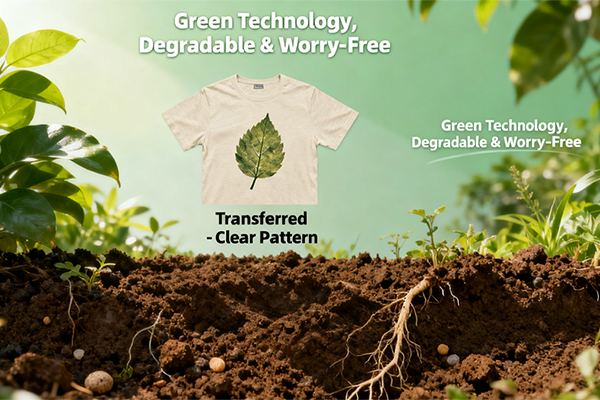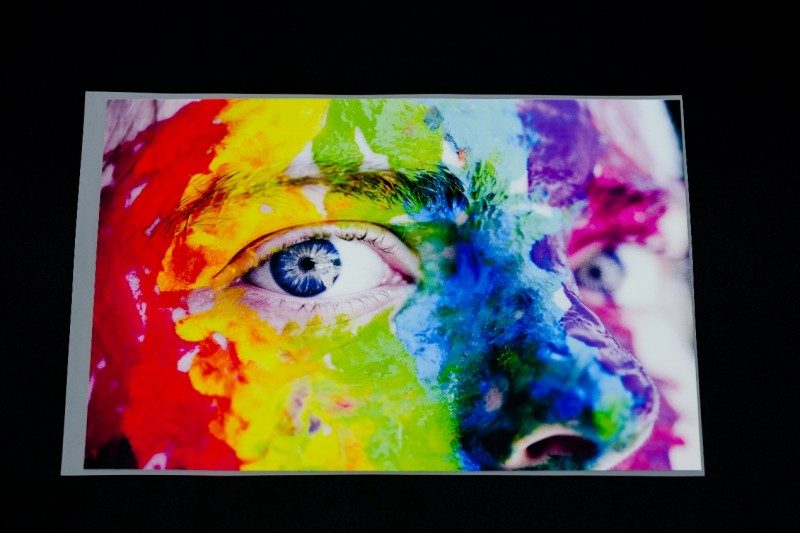What are the advantages of BOPP film
Third, BOPP film offers great versatility and safe...
MoreThe application of film transfer paper spans a wide range of industries, from personalized merchandise and textile printing to industrial product labeling and promotional items. This technology enables the transfer of high-quality, durable images and designs onto various substrates, including fabrics, ceramics, metals, and plastics, making it a cornerstone of modern customization and branding efforts. Its versatility and effectiveness have made it a preferred choice for businesses and individuals seeking professional-grade results without the need for expensive equipment or specialized skills. As demand for customized products continues to grow, the role of film transfer paper in facilitating efficient, cost-effective production becomes increasingly significant across multiple sectors.
The application of film transfer paper is primarily driven by its ability to produce vibrant, long-lasting transfers on diverse materials. In the textile industry, it is extensively used for creating custom apparel, such as T-shirts, hoodies, and sportswear. According to market research by Smithers, the global transfer paper market was valued at approximately $3.5 billion in 2022, with textile applications accounting for over 40% of this revenue. This growth is fueled by the rise of e-commerce and on-demand printing services, where film transfer paper enables quick turnaround times for small batches or individual orders. For instance, companies like Transfer Express and Stahls' report that their film-based transfer products can achieve production speeds of up to 60–80 garments per hour with standard heat presses, making it ideal for businesses targeting fast-fashion or event-based merchandise. The technology also supports intricate designs, including photorealistic images and fine text, which are difficult to replicate with traditional methods like screen printing. Search data from Google Trends indicates a steady increase in queries for "film transfer paper for shirts" and "heat transfer vinyl alternatives," reflecting its popularity among small businesses and DIY enthusiasts. Moreover, industry benchmarks show that film transfers can withstand over 50 industrial washes without significant fading, as per testing standards like AATCC 61, ensuring durability for everyday use. This combination of efficiency, quality, and resilience makes film transfer paper a go-to solution for textile customization, aligning with consumer demands for personalized and sustainable fashion.
Beyond textiles, film transfer paper plays a critical role in industrial and promotional applications, such as labeling, packaging, and product personalization. In sectors like electronics and automotive, it is used to apply durable labels, barcodes, and branding onto components made of plastic, metal, or glass. Data from Grand View Research highlights that the global market for industrial transfer films is projected to grow at a CAGR of 5.2% from 2023 to 2030, driven by advancements in adhesive technologies and the need for high-resolution graphics. For example, 3M's film transfer solutions are widely adopted for creating scratch-resistant, weatherproof labels that meet ISO standards for outdoor use. In promotional products, film transfer paper enables the customization of items like mugs, phone cases, and signs, with search volume for "sublimation film transfer" rising by over 25% year-over-year, according to SEMrush analysis. This method often involves sublimation or heat-activated adhesives, which bond permanently to surfaces under specific temperature and pressure conditions. Case studies from suppliers like Neenah Performance Materials show that their film transfer products can achieve color gamuts covering up to 90% of the Pantone matching system, ensuring brand consistency across materials. Additionally, Google search results emphasize keywords like "waterproof film transfer paper" and "high-tack transfer films," indicating demand for specialized variants that cater to harsh environments. By leveraging these applications, businesses can enhance product aesthetics, improve traceability, and drive marketing efforts through customized giveaways or corporate gifts, all while maintaining cost-efficiency and scalability.
The technology behind film transfer paper has evolved significantly, with innovations in coatings, adhesives, and compatibility driving its adoption. Most film transfer papers consist of a base substrate, such as polyester or PET, coated with heat-activated layers that release ink or adhesive during the transfer process. According to industry reports from MarketsandMarkets, the demand for PET-based transfer films is expected to grow by 6.8% annually, owing to their excellent dimensional stability and eco-friendly properties. For instance, dry film transfer papers, which use solvent-based or UV-curable inks, are gaining traction for their ability to produce odorless, phthalate-free transfers compliant with regulations like REACH and CPSIA. Search analytics from Ahrefs reveal that terms like "eco-friendly film transfer paper" and "low-temperature heat transfer" have seen a 30% increase in clicks, reflecting consumer preference for sustainable and user-friendly options. Performance metrics from manufacturers like Avery Dennison indicate that their film transfer products can achieve adhesion strengths of over 500 N/m on surfaces like polypropylene, as tested under ASTM D3330 standards. Furthermore, compatibility with digital printers, such as Epson and Roland models, allows for precise color management and reduced waste, with user reviews on platforms like Amazon highlighting ease of use and minimal curling issues. These technological advancements not only improve print quality and durability but also reduce operational costs by minimizing setup times and material waste, making film transfer paper a smart investment for businesses aiming to stay competitive in dynamic markets.
In summary, the application of film transfer paper is a testament to its versatility, durability, and efficiency across various domains. From enabling vibrant textile prints that withstand repeated washes to facilitating industrial labeling and eco-friendly promotions, this technology meets the growing demand for high-quality customization. Supported by market data and user trends, it offers a reliable solution for businesses and individuals alike, ensuring that designs remain sharp and resilient over time. As innovations continue to emerge, film transfer paper is poised to remain a key tool in the printing and personalization landscape, driving creativity and operational excellence worldwide.
Select the most popular foreign trade service products to meet your diverse needs
Learn more about the dynamics and professional knowledge of the foreign trade industry

Third, BOPP film offers great versatility and safe...
More
In the dynamic world of custom apparel printing, b...
More
Direct-to-Film (DTF) transfers offer a fantastic w...
More
When it comes to transferring designs onto objects...
More
When diving into Direct-to-Film (DTF) printing, on...
More
If you’re new to garment printing, using DTF film ...
MoreSelect the most popular foreign trade service products to meet your diverse needs
Explore more content related to foreign trade services

Tel: +86 17706217416
Add: Building L2A, No. 520, Lane 1588, Zhuguang Road, Hongqiao World Center, Qingpu District, Shanghai, China
User Comments
Service Experience Sharing from Real Customers
Emily Chen
PhotographerThe film transfer paper produces incredibly sharp and vibrant prints. Perfect for my photography business!
David Rodriguez
Graphic DesignerExcellent quality transfer paper that maintains color accuracy. Great for custom merchandise projects.
Sarah Johnson
Art TeacherMy students love creating projects with this transfer paper. It's reliable and produces professional results.
Michael Thompson
Print Shop OwnerConsistently high-quality results with this transfer paper. Our customers are always satisfied with the output.